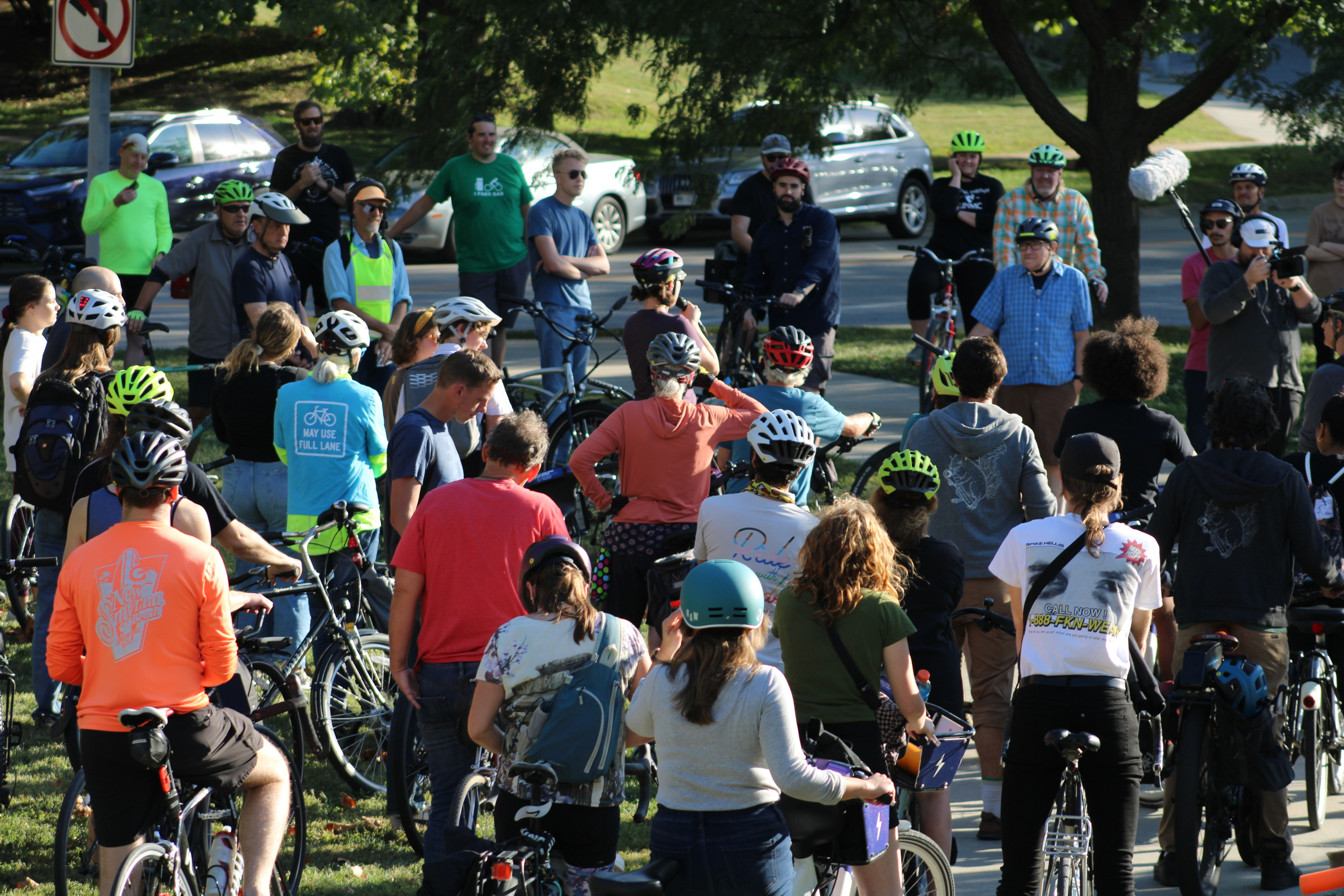You probably haven’t ever thought  much about fare collection in riding public transportation, and that’s how it should be. When it’s easy and accessible, it’s largely forgettable. If you did have to think about it, then it probably wasn’t as easy and accessible as it should be.
much about fare collection in riding public transportation, and that’s how it should be. When it’s easy and accessible, it’s largely forgettable. If you did have to think about it, then it probably wasn’t as easy and accessible as it should be.
Fare collection involves where and how the fare is collected (i.e. on or off the bus and whether payment is collected online, from machines, or other sources), the fare rate structure, and enforcement to ensure that people pay the fares. For Bus Rapid Transit (BRT), ideal fare collection should be off of the bus so riders can obtain their ticket in advance and then quickly board. According to the BRT Standard (2014), “Off-board fare collection is one the most important factors in reducing travel time and improving the customer experience.”
 Enforcement and ticket collection ranges considerably. Major stations often have turnstile-controlled fare collection where you pay as you enter the boarding area/station. At the other end of the spectrum is what Omaha has today, which requires bus users to run a pass through the fare box as they board or purchase a fare once they board. Such a system can often slow a line down quite a bit. The BRT Standard rates turnstile-controlled off-board fare collection as the best option, and they note that the data from these systems can be helpful in subsequent planning.
Enforcement and ticket collection ranges considerably. Major stations often have turnstile-controlled fare collection where you pay as you enter the boarding area/station. At the other end of the spectrum is what Omaha has today, which requires bus users to run a pass through the fare box as they board or purchase a fare once they board. Such a system can often slow a line down quite a bit. The BRT Standard rates turnstile-controlled off-board fare collection as the best option, and they note that the data from these systems can be helpful in subsequent planning.
In Omaha, with limited space for stations, it’s our understanding Metro plans to have off-board fare purchasing available at every station. Enforcement will occur through spot checking for proof-of-payment after riders have boarded. Although there are concerns about fare evasion with this system, it strikes us as the right approach.
Currently, Metro 10-ride and 30-day bus passes can be purchased at Metro headquarters (2222 Cuming St.), at a number of local grocery stores and offices, and online (and mailed to you for $1.50). The BRT stations should each have at least one fare purchasing machine, which will improve accessibility beyond current Metro fare purchase  options. Additionally, having a card and/or smartphone app that allows users to purchase fares online or at select locations would make it easier and more accessible for users. Washington D.C.’s SmarTrip card allows you to add value at stations, a number of stores, and online. In Portland, OR, there’s the option to pay for transit through the TriMet Tickets app and, in 2017, they are launching “a state-of-the-art electronic fare system that will make it faster, easier, and more convenient to take the bus or train;” it’s called the Hop Fastpass.
options. Additionally, having a card and/or smartphone app that allows users to purchase fares online or at select locations would make it easier and more accessible for users. Washington D.C.’s SmarTrip card allows you to add value at stations, a number of stores, and online. In Portland, OR, there’s the option to pay for transit through the TriMet Tickets app and, in 2017, they are launching “a state-of-the-art electronic fare system that will make it faster, easier, and more convenient to take the bus or train;” it’s called the Hop Fastpass.
Being accessible in terms of a price that people will pay for transit is also important and integrating the system with existing transit so that transfers are also easy.
In conclusion, Metro’s plans for the Omaha area BRT are on track for more “rapid” buses with off-board fare collection at each station; it will also be important to track the range of payment options, integration with other public transit, and the cost to create a more accessible and easy transit system that is welcoming to people who currently use transit and those who don’t.


